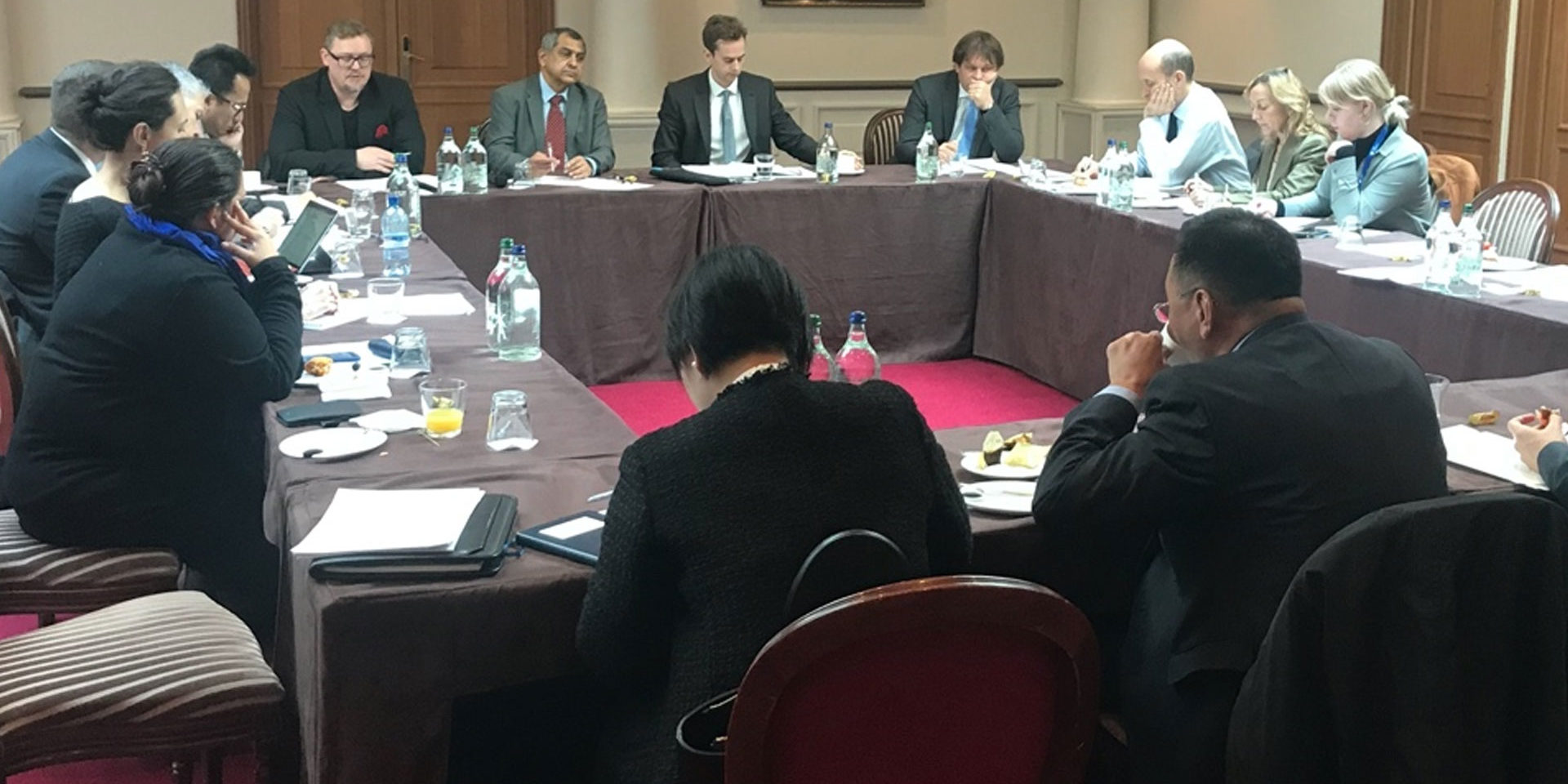“Evergreening”, medical innovation and patents: separating fact from fiction
Speakers
Prof Timo Minssen
Prof Prabuddha Ganguli
Peter Thomsen
Presider
Geneva Network
The extent to which follow-on pharmaceutical innovations should be protectable by patents is hotly debated amongst the public health and IP community in Geneva. But are fears that follow-on patents simply extend indefinitely, or “evergreening”, medicine patents justified?
Drawing on global experiences and real-world evidence, this working lunch examined what exactly is follow-on pharmaceutical innovation, how it impacts public health, and whether national patent laws should treat it differently to other forms of medical innovation.
The common theme amongst participants that “evergreening” is a problematic concept, and that follow-on innovations have produced real benefits for patients, and the ability to secure patents has been a critical incentive to underpin R&D in these areas.
Participants included representatives from the diplomatic community, multilateral organisations, academia and the private sector.
Prof Timo Minssen of the University of Copenhagen presented the findings of his recent joint paper Patentability Standards for Follow-On Pharmaceutical Innovation. He cited numerous examples from jurisdictions around the world in which patent offices and courts have applied the well-recognized requirements of patentability, including patent eligibility, novelty, inventive step and industrial application, to follow-on pharmaceutical inventions, and in so doing have advanced innovation in public health and ultimately the lives of patients.
He also put into perspective the concept of “evergreening”, pointing out that – unless there is a clear misuse of the regulatory system – a patent on an improved formulation, for example, is limited to that improvement and does not extend patent protection for the original formulation – and nor does it impede generic entry for the original version.
Of course, this assumes a reasonably well-functioning pharmaceutical market and competition. If that market breaks down in a manner that forces patients to pay higher prices for a patented new version of a drug that provides little real improvement over the original formulation, then it is the deficiency in the market or the regulatory system which should be addressed, rather than the patent system itself.
Finally, he emphasised the role of competition law in countering abuses of the patent system, and the mitigating effects of correctly and coherently applied patentability criteria. If the traditional patentability criteria are applied, there are no need for new ones.
Prof Prabuddha Ganguli of the Rajiv Gandhi School of Intellectual Property Law gave his perspective as an IP practitioner who has drafted and defended dozens of patents within the Indian patent regime. He explained the importance of follow-on innovation within medicine and discussed the details of section 3d of the Indian Patent Act and how that has forced innovators in India to change and adapt their approach to R&D and patent drafting. The ability to patent follow-on innovations has been particularly critical to help generic companies boost their innovative capacity and take their first steps into de novo drug R&D – critical for the long-term future of the Indian pharmaceutical industry.
Peter Thomsen of Novartis outlined the importance of patents to support investment in R&D into follow-on innovations, giving several examples of important follow-on medicines and formulations that have depended on patent protection. In his view, it would be a mistake to discriminate against these kinds of technologies within the patent system given their importance to innovation and advances in medical technology.

